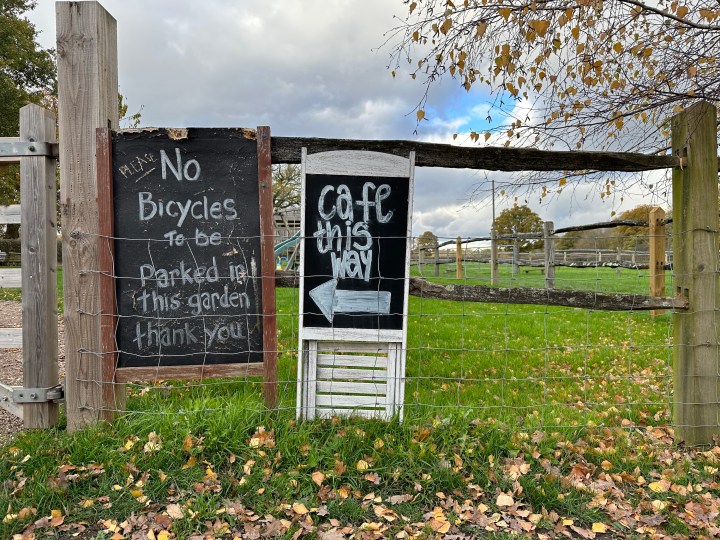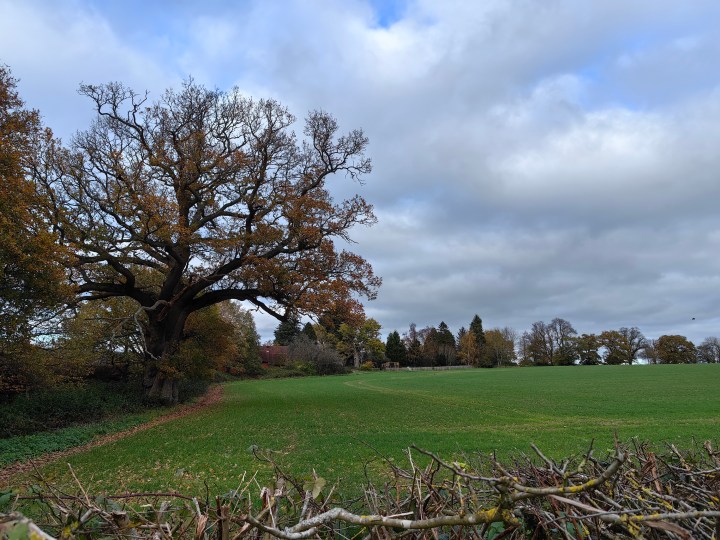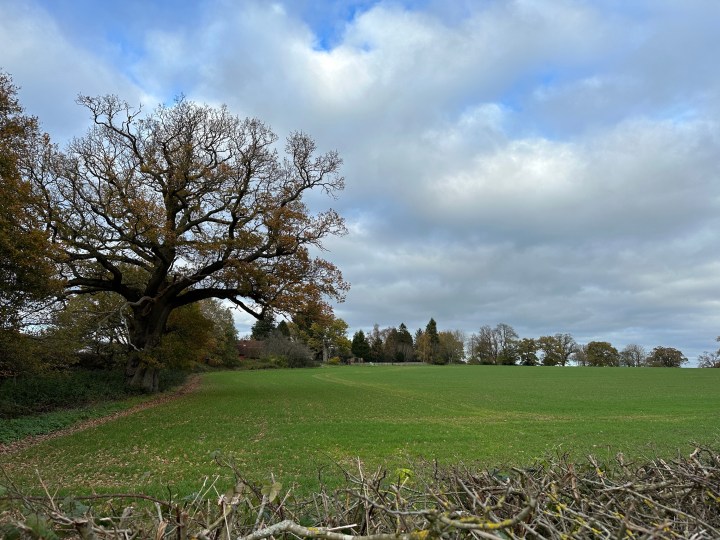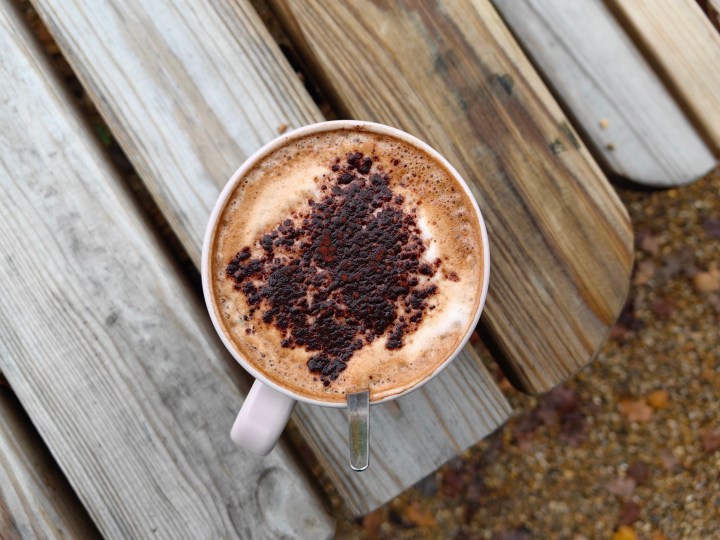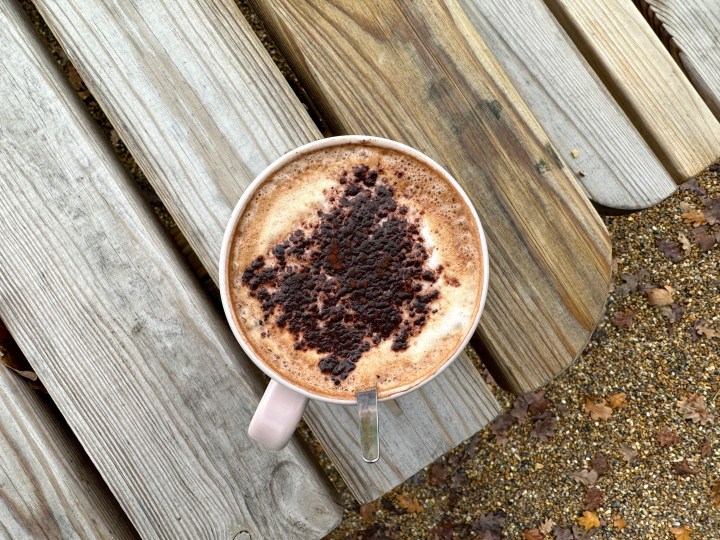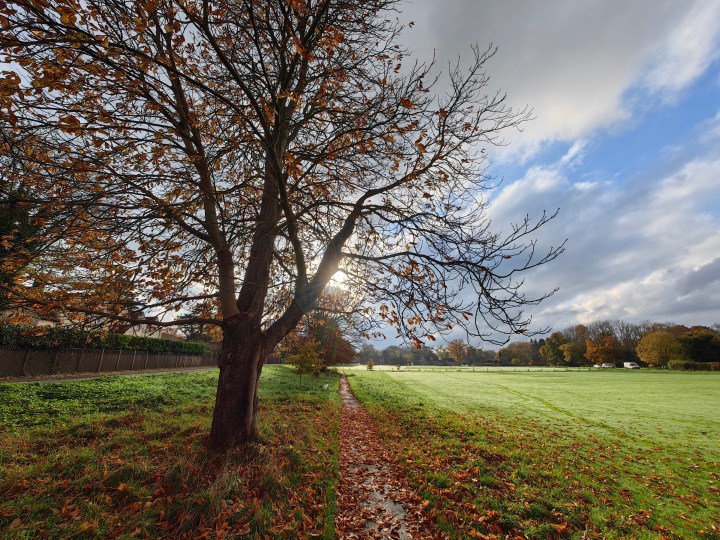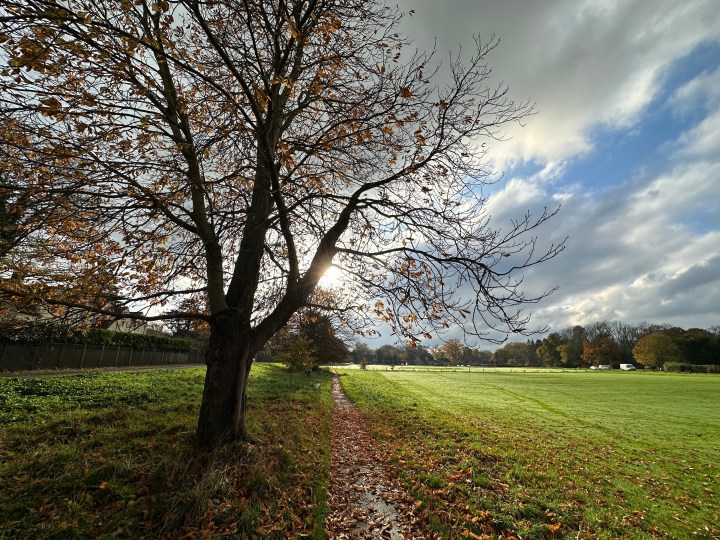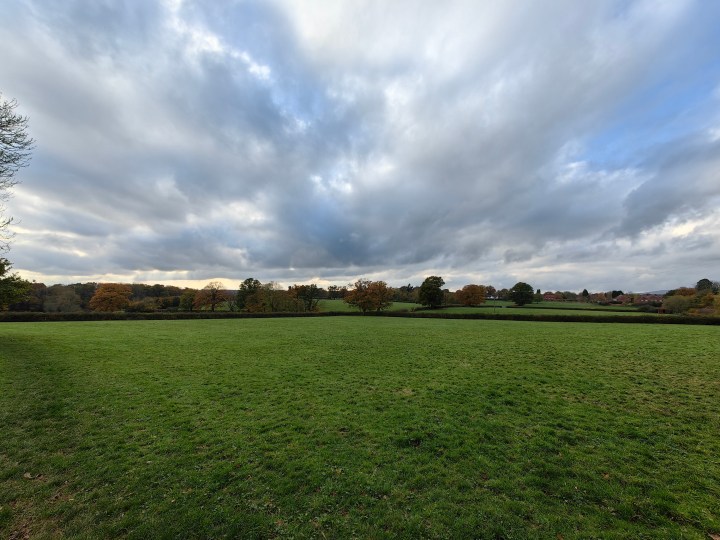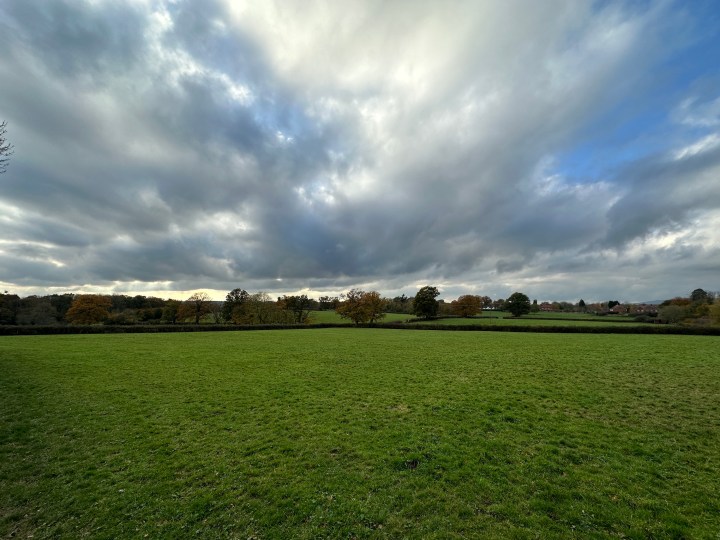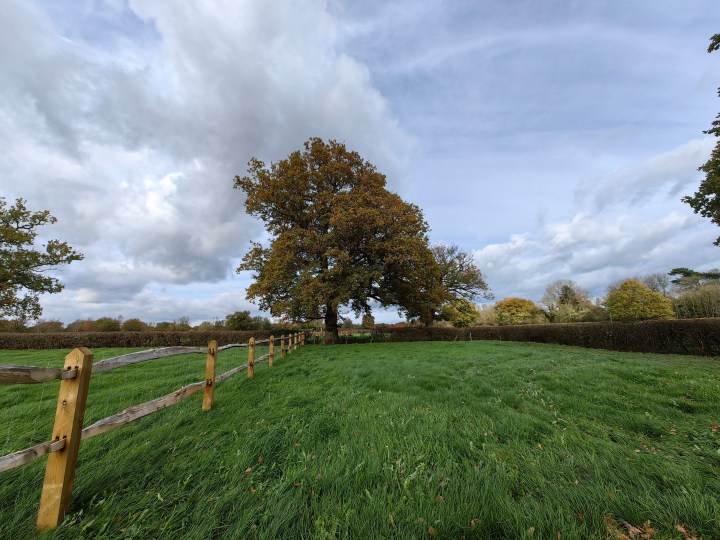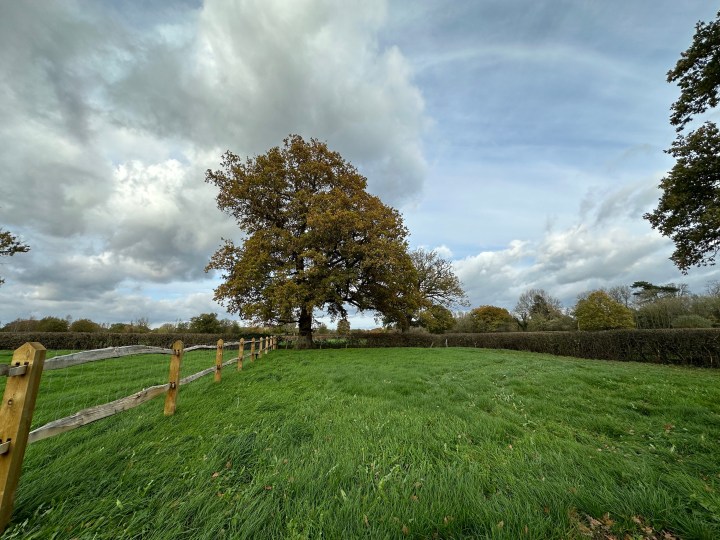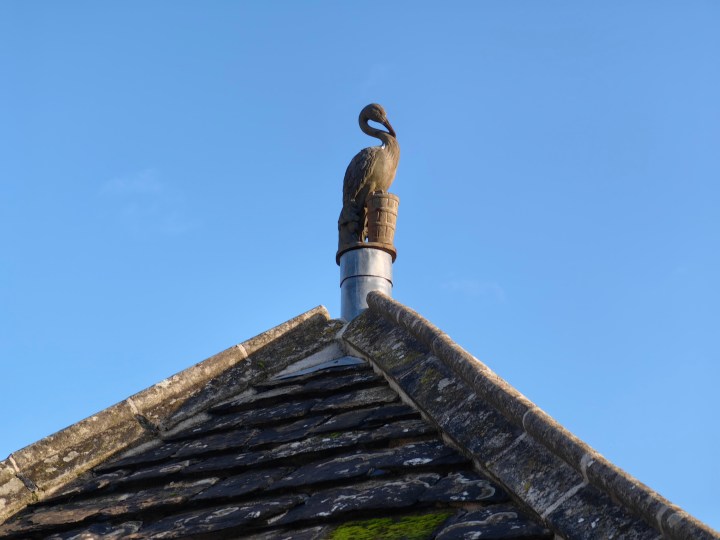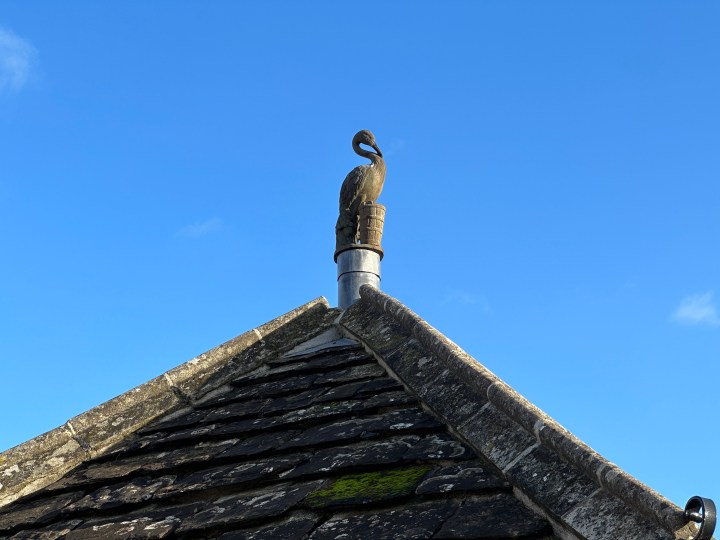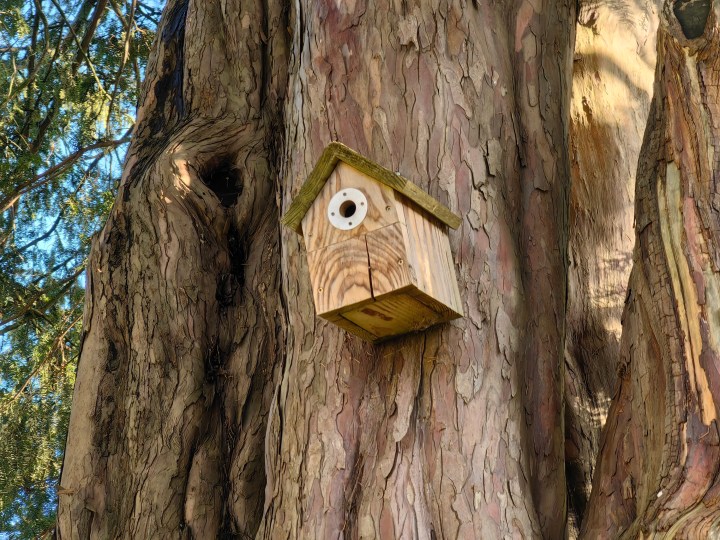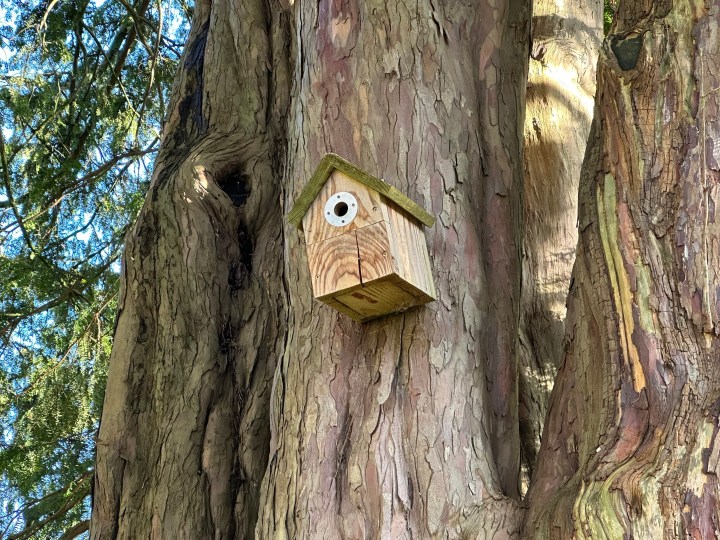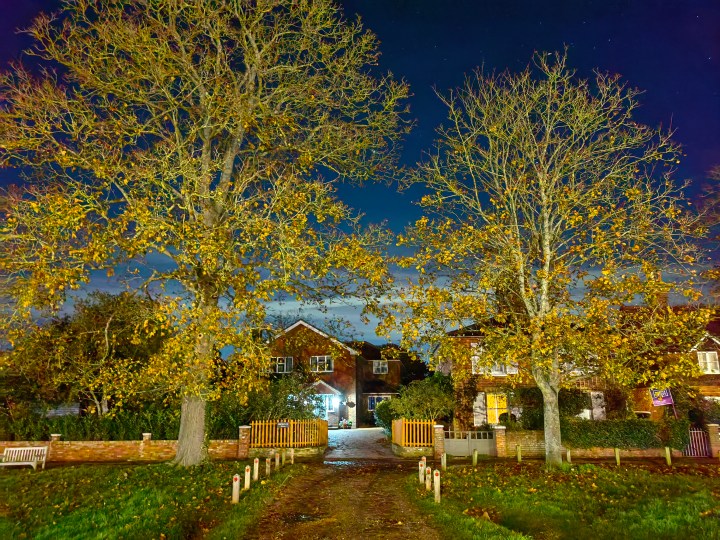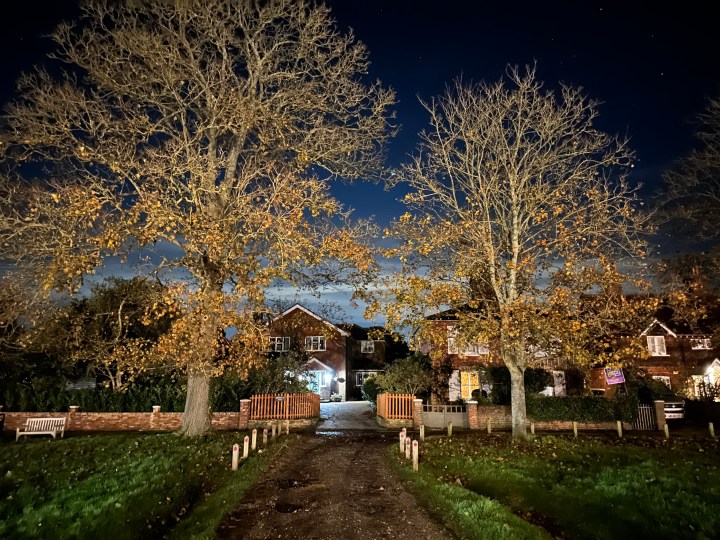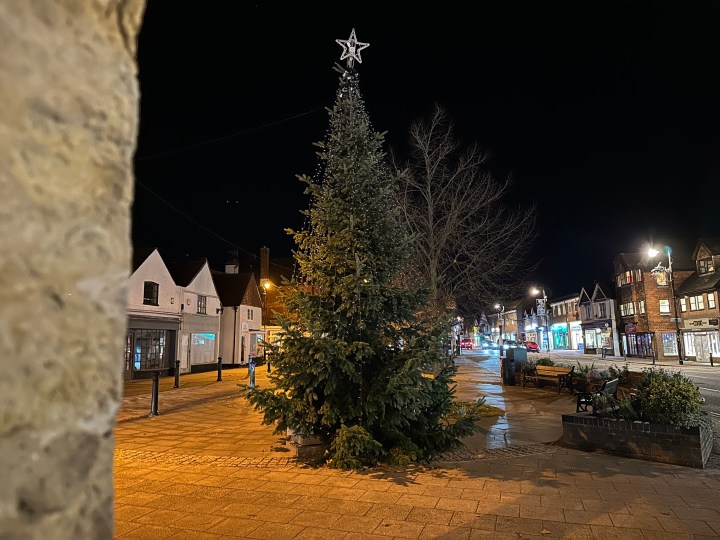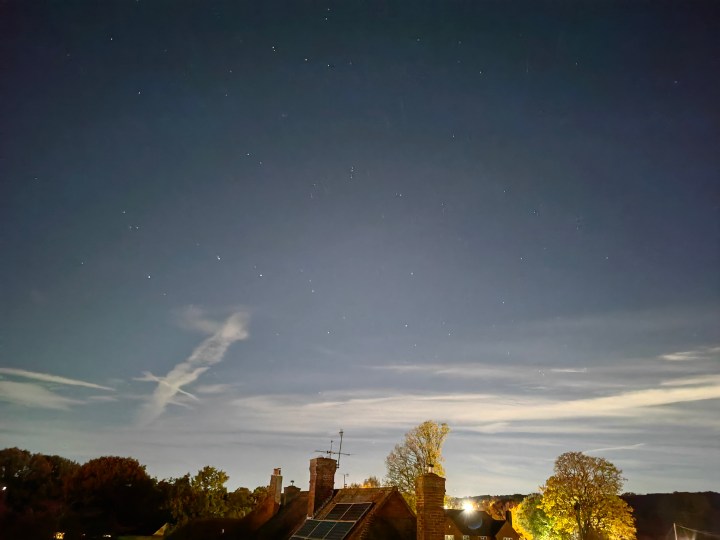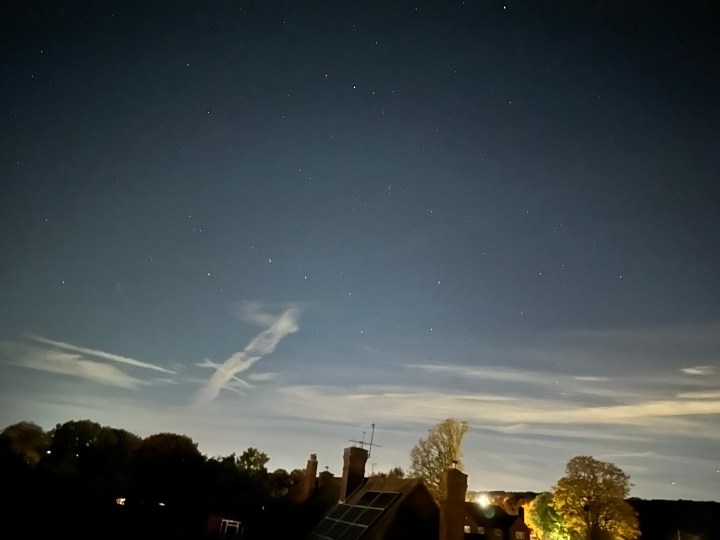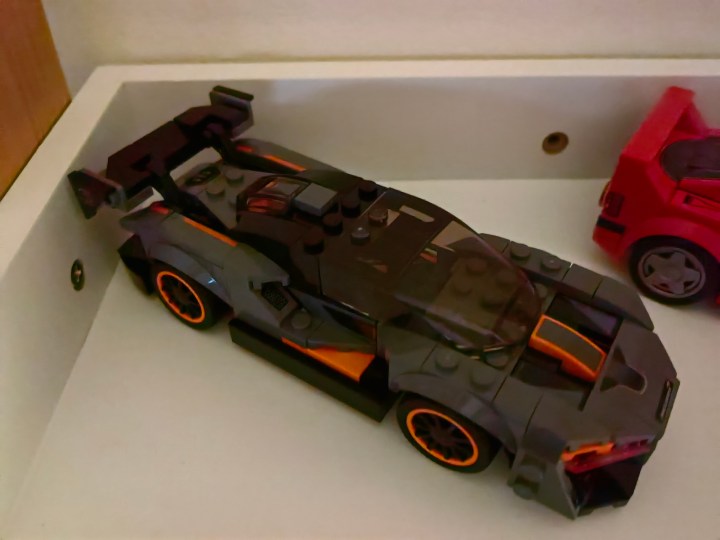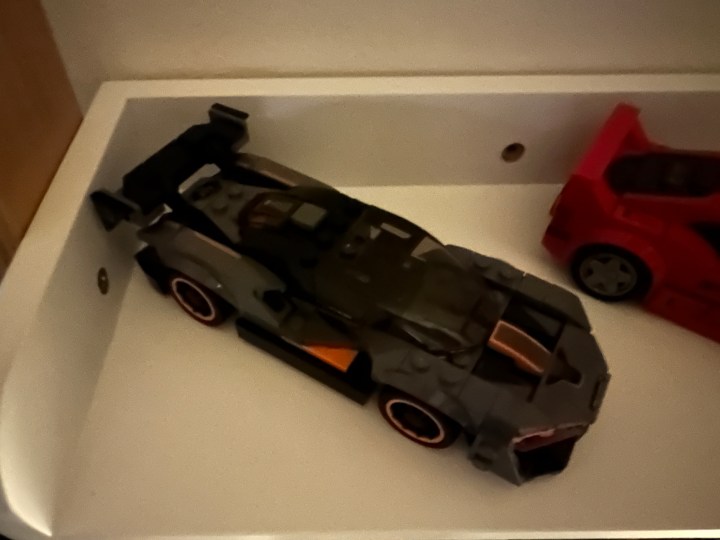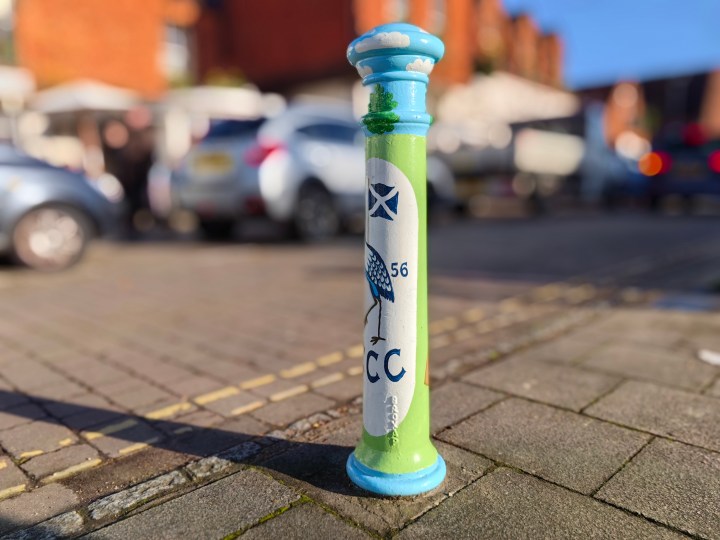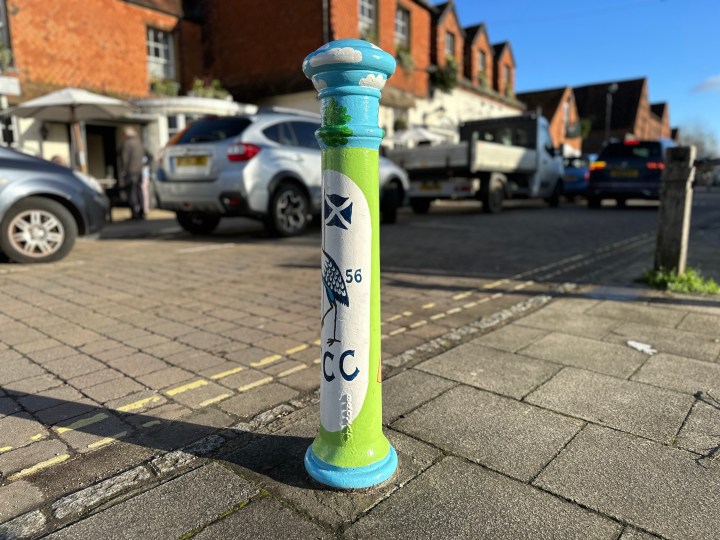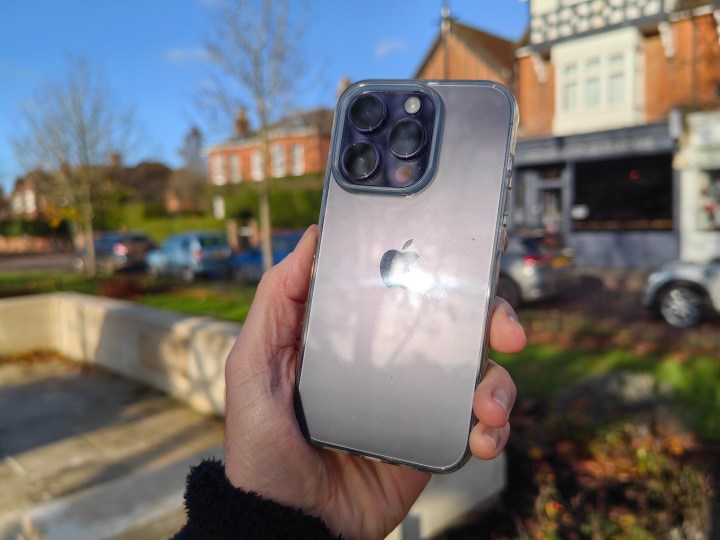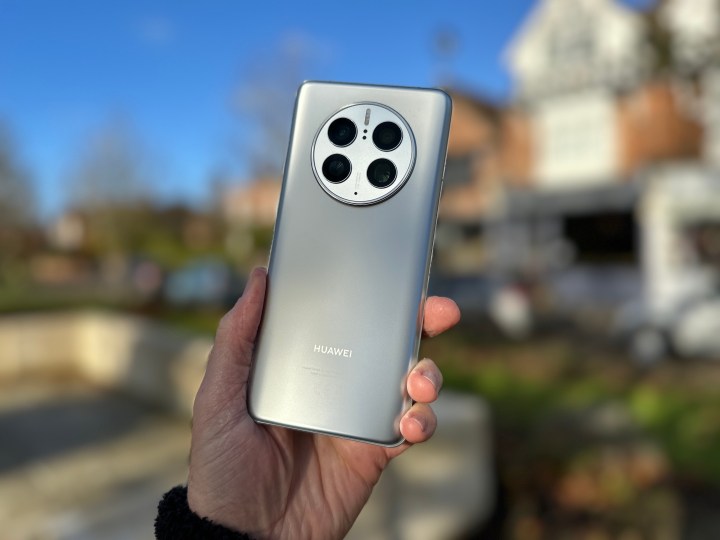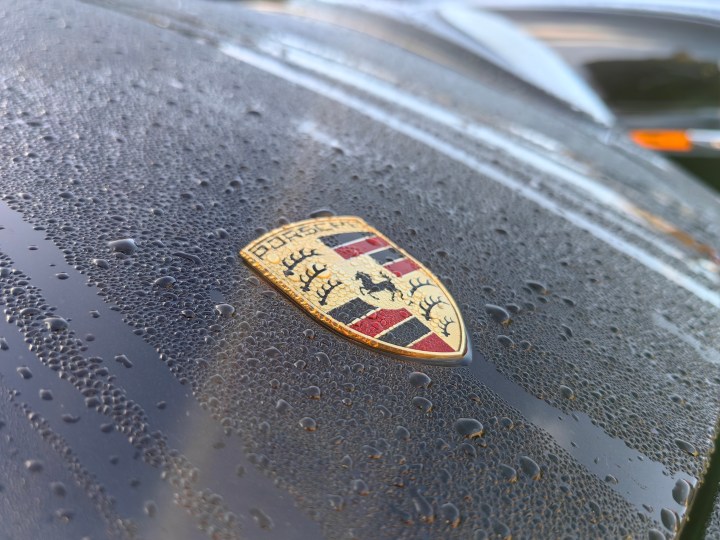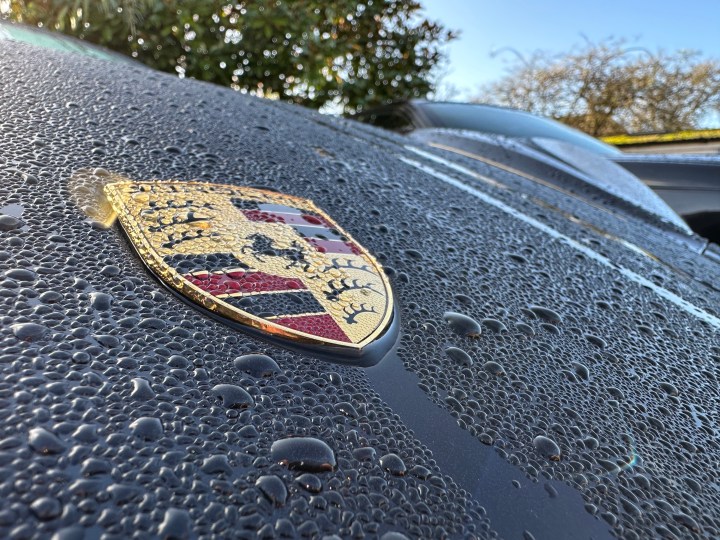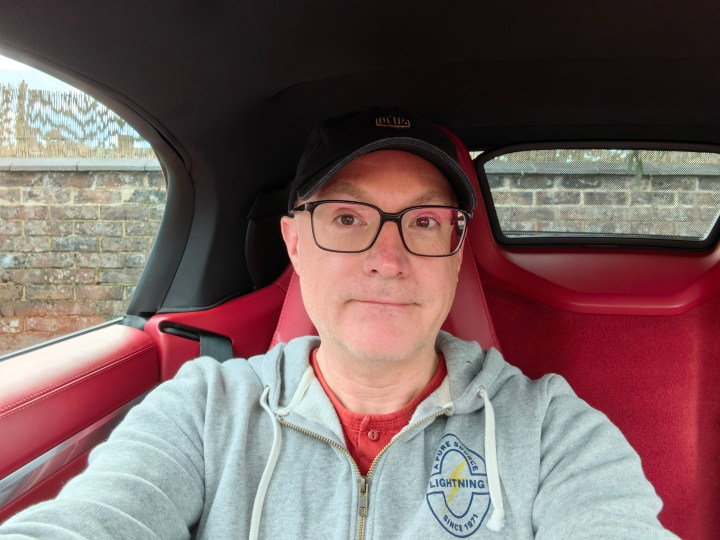Huawei and Leica created some of the very best camera phones I’ve ever used, with the P20 Pro, in particular, igniting my interest in mobile photography. The Apple iPhone has always provided it with a strong challenge, and for a long time, an iPhone and a Huawei phone were my camera go-to devices. Huawei and Leica have now parted ways, so what has become of the brand’s cameras?
- iPhone 14 Pro and Mate 50 Pro camera specs
- iPhone 14 Pro vs. Mate 50 Pro main camera
- iPhone 14 Pro vs. Mate 50 Pro wide-angle camera
- iPhone 14 Pro vs. Mate 50 Pro telephoto camera
- iPhone 14 Pro vs. Mate 50 Pro Night mode
- iPhone 14 Pro vs. Mate 50 Pro Portrait and Aperture mode
- iPhone 14 Pro vs. Mate 50 Pro selfie camera
- A close battle ends in a draw
The Mate 50 Pro is one of its highest-profile new devices to launch without Leica’s involvement in the camera, so it’s fitting to put it up against the iPhone 14 Pro to see whether Huawei’s cameras still stack up against the best Apple has in 2022.
iPhone 14 Pro and Mate 50 Pro camera specs
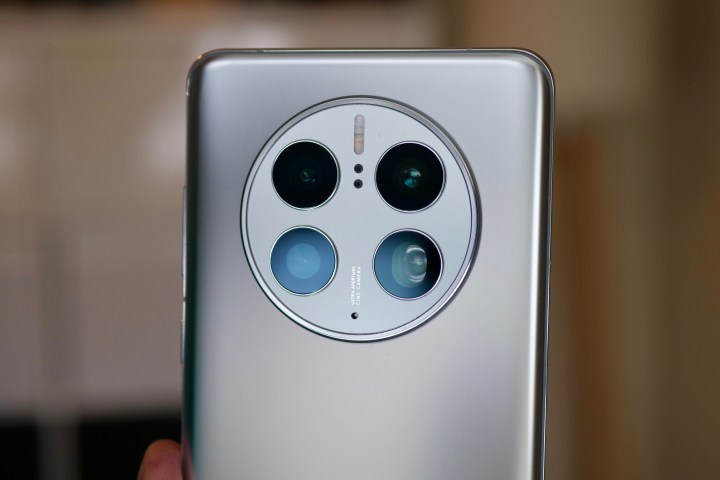
Huawei calls its new camera the XMage, and the main 50-megapixel camera has an unusual manually adjusting variable aperture from f/1.4 to f/4.0, plus optical image stabilization. It’s joined by a 13MP wide-angle camera and a 64MP telephoto camera with a 3.5x optical zoom.
The variable aperture isn’t something we’ve seen on a smartphone before, and it allows you to experiment with the depth of field in photos, creating a genuine blurred background effect rather than using a Portrait mode to introduce a fake one. Huawei’s RYYB (that’s red, yellow, yellow, blue) color sensor design returns to help collect more light to make night photos even brighter.

The
On the front of the Mate 50 Pro is a 13MP wide-angle selfie camera, while the
iPhone 14 Pro vs. Mate 50 Pro main camera
If you like photos taken by recent iPhone models, you’re probably going to like the Huawei Mate 50 Pro’s camera, as the two tend to lean towards natural colors and tone, without the heavy saturation we’ve seen in some competitor devices. But there are key differences between them, making it hard to choose a winner in this category.
- 1. Huawei Mate 50 Pro
- 2. Apple iPhone 14 Pro
Take a look a the photo of the signs. The overall look, at least with a casual glance, is extremely similar. The iPhone 14 Pro’s white balance and exposure are different from the Mate 50 Pro’s, and it does hide some detail. There’s also slight evidence of edge enhancement, while in the Huawei photo edges are sharp and defined.
- 1. Huawei Mate 50 Pro
- 2. Apple iPhone 14 Pro
In the second photo, you can see the small differences in color and warmth, with the Mate 50 Pro giving the grass a more natural tone, and balancing it well with the color of the sky and clouds. Both have similar levels of detail in the foreground, but the Mate 50 Pro keeps this up in the background where the iPhone can’t match the level of sharpness. The sky in the iPhone 14 Pro’s photo is noisier too.
- 1. Huawei Mate 50 Pro
- 2. Apple iPhone 14 Pro
Finally, the photo of the cup of coffee shows the Mate 50 Pro’s ability to turn an ordinary photo into one that’s surprisingly pretty. This was taken in normal auto mode with the main camera, and not with portrait mode or the Mate 50 Pro’s adjustable aperture. I just pointed the camera in the direction of the cup and pressed the shutter button. The Mate 50 Pro’s beautiful depth of field, sharpness of focus, and level of detail make it truly attractive. Meanwhile, the iPhone’s photo is just that — a photo.
The two cameras may have similar tones, but the Mate 50 Pro really impresses with its technical ability and its very DSLR-like tuning, so it’s ready to produce a gorgeous photo without any real work from you, the photographer, outside of your creative intention.
Winner: Huawei Mate 50 Pro
iPhone 14 Pro vs. Mate 50 Pro wide-angle camera
Shot directly into the sun, with only the branch of a tree to obscure it, our first wide-angle photo is a real test. It’s a fall scene, and the Mate 50 Pro captures the warm, golden colors and dew on the grass in an atmospheric, attractive way. The tree trunk still has detail, and the golden leaves are vivid and noticeable. The
- 1. Huawei Mate 50 Pro
- 2. Apple iPhone 14 Pro
The second photo shows how these tone differences continue, with the Mate 50 Pro balancing the scene better than the iPhone. However, the iPhone’s atmospheric sky looks great, but it does add shadow to the line of trees. Both photos have quite a lot of noise, but the Mate 50 Pro’s photo is sharper, with better focus and detail when you look closely.
- 1. Huawei Mate 50 Pro
- 2. Apple iPhone 14 Pro
You can see this again in our final photo, where the central tree is more defined in the Mate 50 Pro’s photo than it is in the iPhone’s. I really like the treatment of the sky in the iPhone’s photo though, but there’s more evidence of noise when you examine the photo, and it’s simply not as sharp as the Huawei image.
- 1. Huawei Mate 50 Pro
- 2. Apple iPhone 14 Pro
Huawei’s software is obviously working hard to remove noise and sharpen up the camera’s images, but it’s doing so intelligently and subtly because there’s little evidence of smoothing or aggressive edge enhancement.
Winner: Huawei Mate 50 Pro
iPhone 14 Pro vs. Mate 50 Pro telephoto camera
The Mate 50 Pro’s default optical zoom level is 3.5x, while for the iPhone 50 Pro, it’s 3x — meaning you’ll see a difference in how close the camera gets in the following photos. What we’re more interested in are the detail, colors, sharpness, and software enhancements that make up the photos.
- 1. Huawei Mate 50 Pro
- 2. Apple iPhone 14 Pro
The statue of the stork shows how muted the Mate 50 Pro’s colors are, and its apparent lack of detail too. There’s more visible smoothing and a lot less sharpness compared to the iPhone. In fact, in almost all the photos I’ve taken with the telephoto cameras, the Mate 50 Pro’s reliability has been haphazard, with many photos coming out blurred or with questionable focus.
- 1. Huawei Mate 50 Pro
- 2. Apple iPhone 14 Pro
Our second photo of the birdhouse emphasizes the problem, with the Mate 50 Pro capturing the tree in better detail, but blurring the birdhouse itself. The
Winner: Apple
iPhone 14 Pro vs. Mate 50 Pro Night mode
The first photo taken with Night mode on both phones was in very dark conditions, yet the Mate 50 Pro’s photo appears to be illuminated by a spotlight. It produces a very different image, with a blue tint in the sky and bright green grass. The iPhone 14 Pro’s photo looks like it was taken at night, with a black sky and muted colors.
- 1. Huawei Mate 50 Pro
- 2. Apple iPhone 14 Pro
It’s a similar situation with the second photo, where the iPhone maintains a “nighttime” look, and the Mate 50 Pro brightens the image to the point where if the sky wasn’t dark (you’d assume it was taken during the day). The iPhone 14 Pro’s white balance is better, and while it’s not quite as sharp as the Huawei’s photo, you can really see the smoothing at work in the Mate 50 Pro’s image.
- 1. Huawei Mate 50 Pro
- 2. Apple iPhone 14 Pro
In the third photo, these elements all come together to show the differences between the two cameras. The Mate 50 Pro’s photo has less noise, but the software’s smoothing is obvious, plus it’s generally brighter. The iPhone’s photo has a blacker sky and more noise and is far less bright.
- 1. Huawei Mate 50 Pro
- 2. Apple iPhone 14 Pro
At this point, the
- 1. Huawei Mate 50 Pro
- 2. Apple iPhone 14 Pro
This final photo was taken in a dark room at night, with a little ambient light coming from a different room. The iPhone’s photo is noisy and lacks color and detail, but the Mate 50 Pro’s image has detail, color, and great white balance. No, it’s not a good photo, but it’s technically very impressive, and gives the Mate 50 Pro a level of versatility at night the iPhone can’t quite match. For this reason, the category is a draw, as each excels in particular situations.
Winner: Draw
iPhone 14 Pro vs. Mate 50 Pro Portrait and Aperture mode
This is difficult to judge, as the two phones handle bokeh, or blurred background effects, very differently. Both phones have an artificial Portrait mode to blur the background when taking photos of people, while the Mate 50 Pro also has an Aperture mode to blur the background when taking photos of objects. The
- 1. Huawei Mate 50 Pro
- 2. Apple iPhone 14 Pro
As you can see from the bollard in this photo, when the
In the Mate 50 Pro’s camera app, you can also select a Physical Aperture mode, letting you manually alter the aperture, much like your would when using a DSLR camera. What’s it like? Crisp. Really crisp. The photos below show the
- 1. Huawei Mate 50 Pro
- 2. Apple iPhone 14 Pro
However, it requires not only a degree of technical knowledge to get the best from it, but it also needs a lot of trial and error, as getting the right focal point is quite a challenge, as you can see in the photos below. The iPhone’s Portrait mode more effectively captured the entire emblem, while I really needed to adjust the settings more in the Mate 50 Pro’s photo. The trouble is, it’s hard to see this on the screen when you’re shooting the photo, so opportunities could be missed.
- 1. Huawei Mate 50 Pro
- 2. Apple iPhone 14 Pro
The Mate 50 Pro’s Physical Aperture mode is technically very interesting, and unlike anything else we’ve seen on a phone, but it’s not a feature you’ll just jump in and use. It needs practice and photographic knowledge to use effectively. However, in the right hands, it has the potential to impress. This category is going to be a draw.
Winner: Draw
iPhone 14 Pro vs. Mate 50 Pro selfie camera
The Mate 50 Pro has a beauty mode, but this is not active by default. Despite this, the camera does seem to smooth out skin, and the iPhone 14 Pro’s selfie camera has a far more natural look. The standard blur effect is also stronger on the iPhone than it is with the Mate 50 Pro, but this can be adjusted manually when taking the photo.
- 1. Huawei Mate 50 Pro
- 2. Apple iPhone 14 Pro
I prefer the iPhone 14 Pro’s selfie camera, with its more natural colors, higher level of detail, and effective background blur. It can wash faces out in the sunlight, though, at which time the Mate 50 Pro boosts colors and smooths skin even more, taking a worse photo. The
Winner: Apple
A close battle ends in a draw
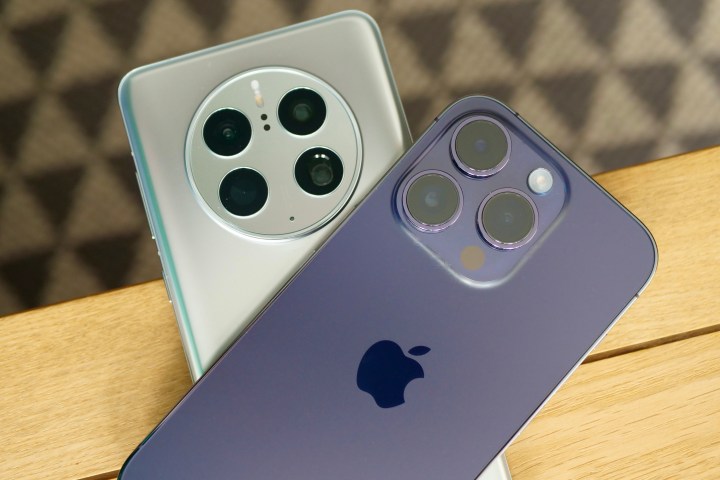
The Huawei Mate 50 Pro won two categories, the
It’s still a close thing, though. The Mate 50 Pro’s new Physical Aperture mode is clever, but ultimately probably won’t get used all that often, and the iPhone 14 Pro’s Night mode takes more natural photos than the Huawei phone. The final takeaway here is that the end of Huawei’s partnership with Leica doesn’t seem to have affected the brilliance of its cameras, and may even have freed the brand to advance things even further. You can’t buy the Mate 50 Pro in the U.S., but in the U.K., it costs 1,200 British pounds (about $1,450), while the
Editors' Recommendations
- Nomad’s new iPhone case and Apple Watch band may be its coolest yet
- iPhone 16: news, rumored price, release date, and more
- iPhone SE 4: news, rumored price, release date, and more
- Here’s how Apple could change your iPhone forever
- There’s a big problem with the iPhone’s Photos app


